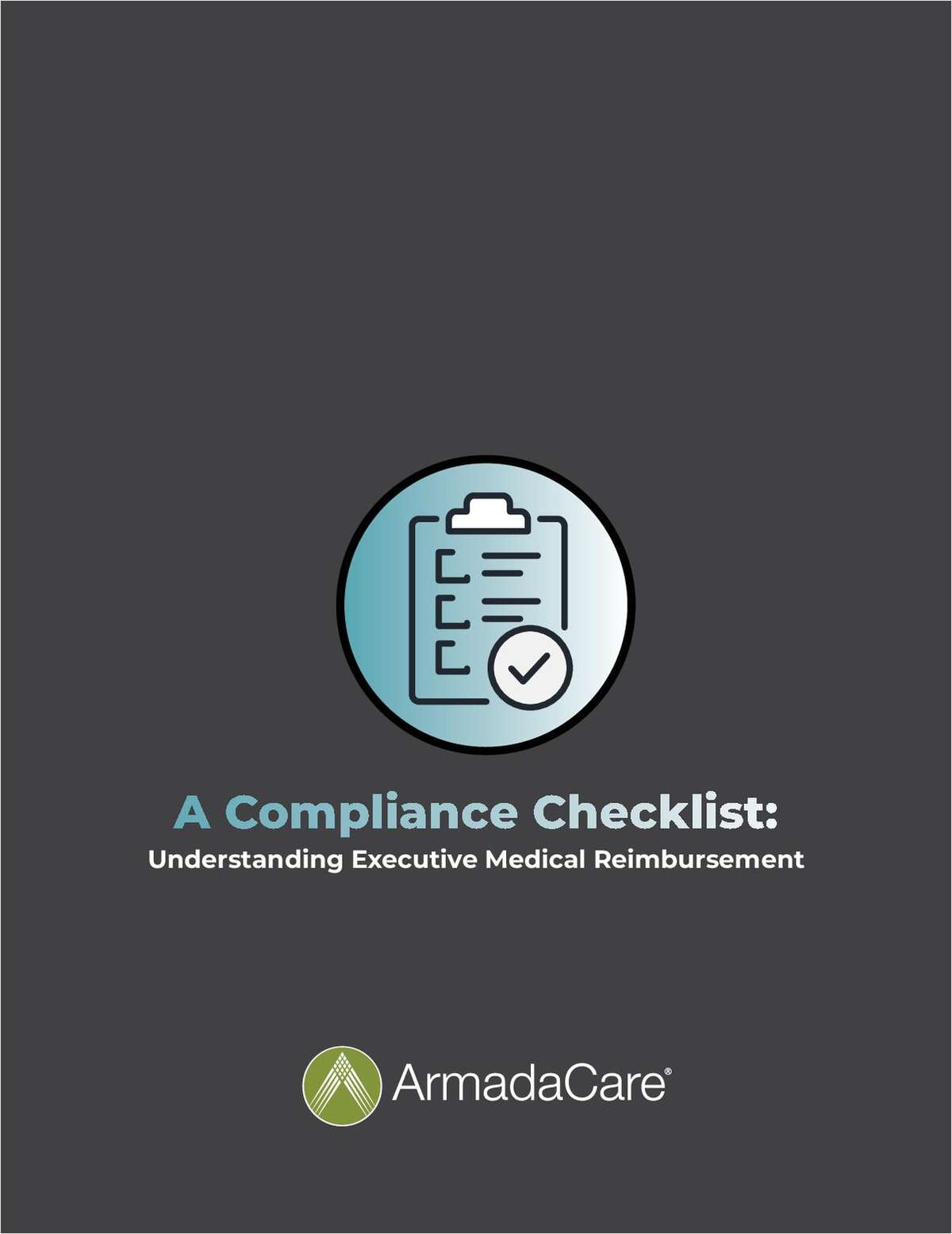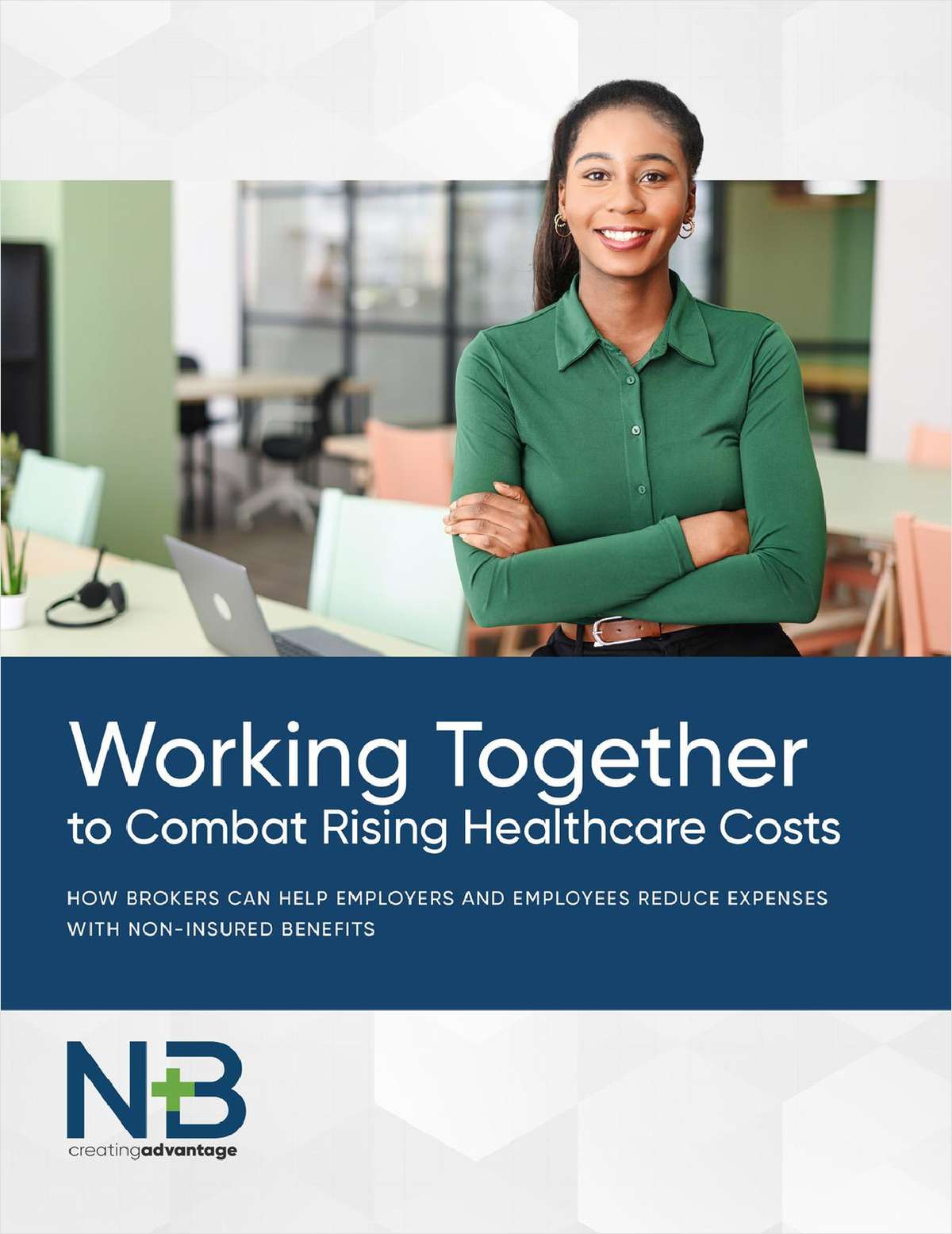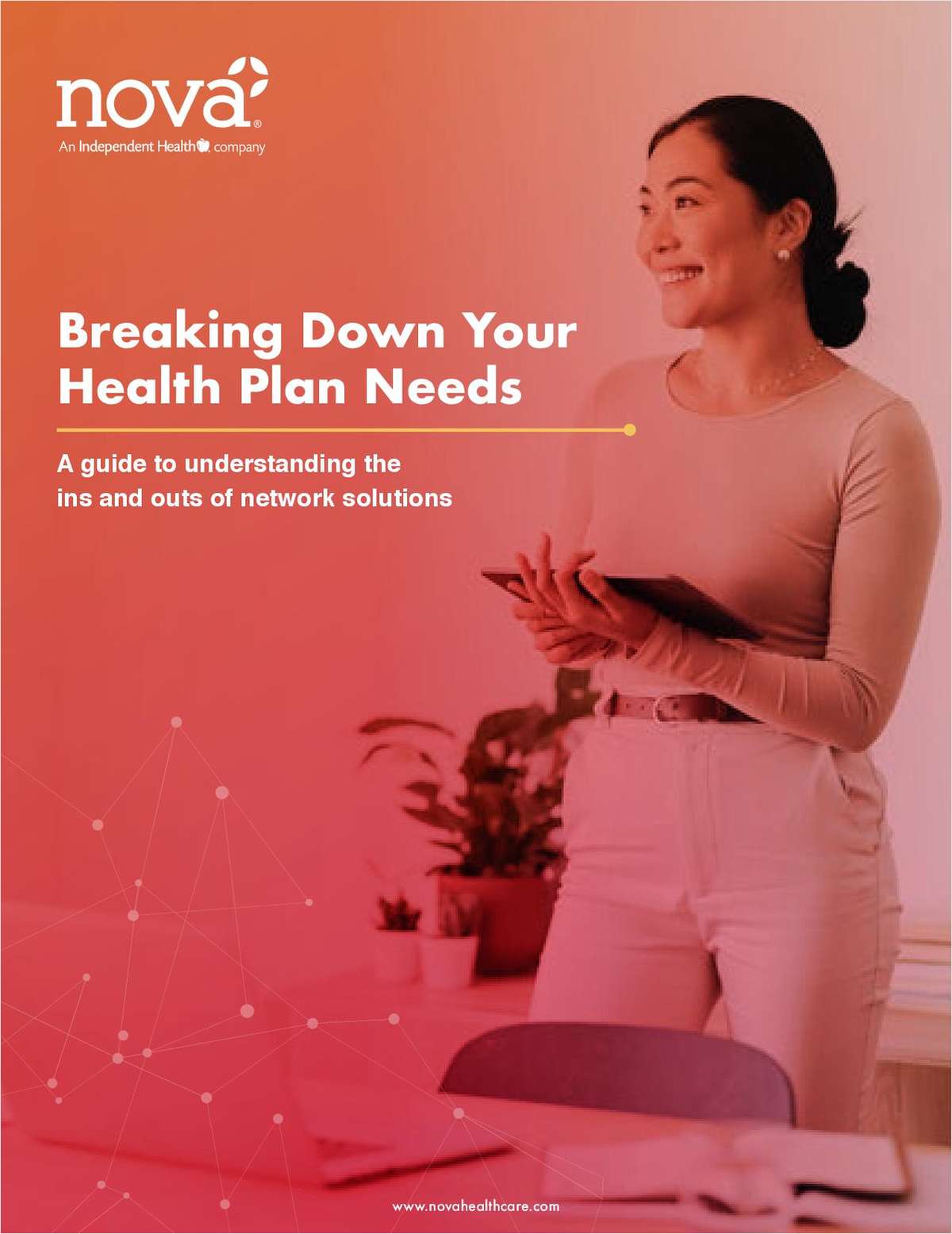© 2025 ALM Global, LLC, All Rights Reserved. Request academic re-use from www.copyright.com. All other uses, submit a request to [email protected]. For more information visit Asset & Logo Licensing.
- Benefits Broker
- Benefits Manager
- Retirement Advisor
- Awards
- Broker Expo
- FreeERISA
- Leads
- Career Center
- More
Error
An error occurred while fetching the data.
Error details: Error: INTERNAL_ERROR for b37ebdfc-134a-3721-5e42-19ea42728159: {"response":{"errors":[{"message":"INTERNAL_ERROR for b37ebdfc-134a-3721-5e42-19ea42728159","locations":[{"line":9,"column":44}],"path":["articleData"],"extensions":{"classification":"INTERNAL_ERROR"}},{"message":"INTERNAL_ERROR for b37ebdfc-134a-3721-5e42-19ea42728159","locations":[{"line":93,"column":7}],"path":["articlePackages"],"extensions":{"classification":"INTERNAL_ERROR"}},{"message":"INTERNAL_ERROR for b37ebdfc-134a-3721-5e42-19ea42728159","locations":[{"line":115,"column":7}],"path":["youmightlike"],"extensions":{"classification":"INTERNAL_ERROR"}},{"message":"INTERNAL_ERROR for b37ebdfc-134a-3721-5e42-19ea42728159","locations":[{"line":129,"column":7}],"path":["readnext"],"extensions":{"classification":"INTERNAL_ERROR"}},{"message":"INTERNAL_ERROR for b37ebdfc-134a-3721-5e42-19ea42728159","locations":[{"line":160,"column":7}],"path":["events"],"extensions":{"classification":"INTERNAL_ERROR"}}],"data":{"articleData":null,"articlePackages":null,"youmightlike":null,"readnext":null,"events":null},"extensions":{"DateTime":"2025-02-05T20:59:14.254997483","ResponseTime":"?","AuthorizedUser":false,"AlmContext":"AlmContext{clientIP='10.0.253.253', internalIP='true', origin='', authorizedUser='false', Chinchilla, userAccount='null', UCID=null, ipAccount='null'}","NavServiceResponse":{"message":"No Content","action":"show-404","data":"","placResultsPublic":null},"DebuggingData":null,"UsedCache":"false","DataUrl":"http://ml2.alm.com:9216/bff-services/events/events-service.xqy?publication=Benefits+Pro&audience=&time-frame=future&page=1&pageSize=10"},"status":200,"headers":{}},"request":{"query":"\n####\n####\n# QUERY\n# ROUTE:/2018/01/23/10-trends-for-defined-contribution-plans-key-findi/\n####\n\n\nquery BenefitsPro__view_article_no_sitedir{articleData:\n getContent(naturalId: \"/2018/01/23/10-trends-for-defined-contribution-plans-key-findi/\", site:\"benefitspro.com\") {\n uri\n canonicalUrl\n generatedId\n naturalId\n recombeeId\n type\n postFormat\n kickerPresentedBy {\n \t\t label\n \t\t value\n \t\t}\n breadcrumb{\n name\n \t\turi\n }\n presentedBy\n title\n readtime\n timeToRead\n prettyModified\n prettyDateTime\n needToKnow\n byline\n nofollow\n showDisclaimer\n authors {\n name\n description\n imageLarge\n webUrl\n }\n publication\n kicker\n kickerNode {\n name\n slug\n uri\n sectionName\n }\n prettyDate\n prettyDateTime\n pubDate\n modifiedDate\n isDownload\n primaryCategory {\n channelName\n sectionName\n name\n uri\n slug\n channelUri\n }\n tags\n image {\n uri\n width\n height\n alt\n }\n embed1\n embed2\n summary\n categories {\n name\n uri\n channelName\n }\n allCategories {\n sectionName\n channelName\n } \n bodyArray\n slides {\n title\n image\n caption\n height\n width\n }\n video\n\n }\n articlePackages:\n getPackagesForArticle(docId: \"/2018/01/23/10-trends-for-defined-contribution-plans-key-findi/\", limit: 3, publication:\"benefitspro.com\") {\n title \n slug\n type \n summary\n cssFile\n navigations {\n name\n link\n }\n articles {\n title\n kicker\n uri\n image {\n uri\n }\n }\n\n \n }\n youmightlike:\n getYouMayLikeForContent(naturalId: \"/2018/01/23/10-trends-for-defined-contribution-plans-key-findi/\", site:\"benefitspro.com\") {\n uri\n title\n byline\n prettyDate\n readtime\n image {\n uri\n width\n height\n }\n summary\n }\n readnext:\n getStatsList(site:\"benefitspro.com\", topic: \"\", limit: 5, timeframe: \"3days\" ) {\n contents {\n uri\n title\n byline\n summary\n prettyDate\n kicker\n image {\n uri\n width\n height\n }\n breadcrumb{\n name\n \t\turi\n }\n primaryCategory {\n name\n uri\n channelName\n channelUri\n }\n breadcrumb {\n name\n uri\n }\n }\n\n }\n events:\n getFutureEvents(\n publication: \"Benefits Pro\"\n pageSize: 10\n page: 1\n ) {\n events {\n eventTitle\n venueName\n cleCredit\n description\n registrationURL\n docUri\n eventEndDate\n eventStartDate\n industry\n audience\n city\n learnMoreLinkFile\n imageUri\n imageUri2\n practiceArea\n }\n searchParams {\n estimate\n }\n }\n }"}}
Go Home
Resource Center

Checklist
Sponsored by ArmadaCare
Executive Medical Reimbursement Built for Today
Help your clients make informed decisions about executive medical reimbursement plans while ensuring compliance amidst evolving regulations.

Guide
Sponsored by New Benefits
Working Together To Combat Rising Healthcare Costs
Explore four strategies that benefits advisors can leverage to help their clients reduce healthcare expenses.

eBook
Sponsored by Nova Healthcare Administrators, Inc.
Client Clarity: Breaking Down Your Health Plan Needs
Guiding your clients to the right network solution is vital for balancing costs, access, and employee satisfaction. Use this eBook as a strategic and educational tool to provide clarity for your clients around the ins and outs of network solutions.


